In 2011, I completed the four-day hike to Macchu Picchu. It’s a grueling trek but totally worth it. There are varying levels of difficulty across different types of terrain, uphill and downhill, with extreme weather changes requiring multiple types of gear. What if, when you told me you wanted to make the trip, I just said, “You can do it!” and left it at that? Then when you get there, you see how unprepared you were. That’s toxic positivity. It’s time for transformative positivity, a shift that can result in lasting and impactful change.
Toxic Positivity is Leaving You at the Gate to the Trail Unprepared
Toxic positivity is when folks think you should always keep your chin up and avoid feeling down. It’s important to stay positive, but this can be damaging if you don’t take time to deal with your feelings healthily and end up feeling guilty or ashamed about being negative. Toxic positivity also doesn’t consider that life can be tough and that sometimes bad things happen. And it’s not because you didn’t have the right mindset. So, accepting and appreciating all your emotions, good or bad, is essential for a healthy and balanced perspective.
This cat poster is an excellent example of using platitudes to comfort someone who is struggling. Sure, the cat is likely to get out of this situation. But when we say things like “you’ve got this” or “you’ll figure it out,” it’s not helpful, and the cat continues to struggle to find its footing. Or it may continue to hang there, hoping someone will help or things will change one day.

Transformative Positivity is Helping You Prepare for the Trail
What would create a significant shift for this cat is to say, “Raise your back left paw until you feel the rope. Then bring your right back paw up to meet it and wiggle up”. Not only does that collapse time for the cat by giving it a perspective it can’t see, but it also feels supported and seen.
How does that translate to the Macchu Picchu trail? Instead of saying, “You got this!” and sipping my chai tea latte while remembering how hard day two was, I’ll ask you questions. Yes, you can search the internet for tips, but why? I’m right there.
An example of transformative positivity is saying:
“I know you can do this with preparation and the proper tools. Here are some things I wish I had known or things I did that were helpful. You’ll need light, waterproof, rubber sole shoes. I highly recommend a zero-degree sleeping and thermal underwear for camp for day two. Train going uphill as much as possible. Day two is the hardest because it’s all uphill, but the altitude makes it worse.”
This provides actionable and tactical guidance a person can use to prepare. This is where the transformation happens. Another way to implement transformative positivity is asking or doing any of the following, but not limited to:
- Ask: How can I best support you?
- Offer: Can I write you a recommendation or testimonial?
- Act: Do you mind if I introduce you to this person?
- Do: comment on their posts; get on their mailing list; talk great about them at work; actively engage in their meetings; send them job descriptions; check on them.
Transformational Positivity is the Everyday Warrior’s Red Bull
So far, I’ve talked about how you can help shift others through transformational positivity. But you also have to do it for yourself. I saw better results in my life and work when I shifted from “I can do this’ to ‘I can do this if I take this course and learn how.’
Here’s a trick I started using to shift into transformative positivity quickly. When faced with a challenge, I told myself I had everything I needed to solve the problem. The crazy thing is, when I did this enough, my brain started looking for solutions in unlikely places. It’s like my brain said, “Really?!? Where?” and began to search.
I have everything I need to solve this problem.
When I started telling myself I have what I needed, some extraordinary things happened:
- I learned how to build a website and connect it to Google Analytics (which I recently updated to G4 😏).
- I created an Excel file with hundreds of barcodes for product SKUs in less than an hour using a macro (this was before we had software to do this).
- Before iPads were a thing at work, I designed flashcards with critical information for the sales team.
- Made a critical process change that improved forecast accuracy (though it took longer in the short term, the right SaaS would take care of that in the long term).
The warrior spirit is action-oriented. It doesn’t know what to do with platitudes. But it does know what to do with tasks, instructions, and goals. This is why transformational positivity is the Red Bull for the warrior spirit. When you tell yourself you got this, do you even know what this is? But when you tell yourself I can spend an hour learning how to properly set up and use Google Analytics or integrate AI into my workflow, you can do that.
This, by the way, is also how you can build high-performing teams and everyday warriors.
Don’t leave the cat hanging from the rope. Transformative positivity offers a much-needed alternative to toxic positivity. Rather than dismissing negative emotions or relying on empty platitudes, transformative positivity encourages us to embrace all of our feelings while providing actionable and tactical guidance to achieve our goals. Whether helping others prepare for a challenging task or bolstering our warrior spirit with specific tasks and goals, transformative positivity helps us take charge of our lives, become more resilient, and achieve meaningful success.


